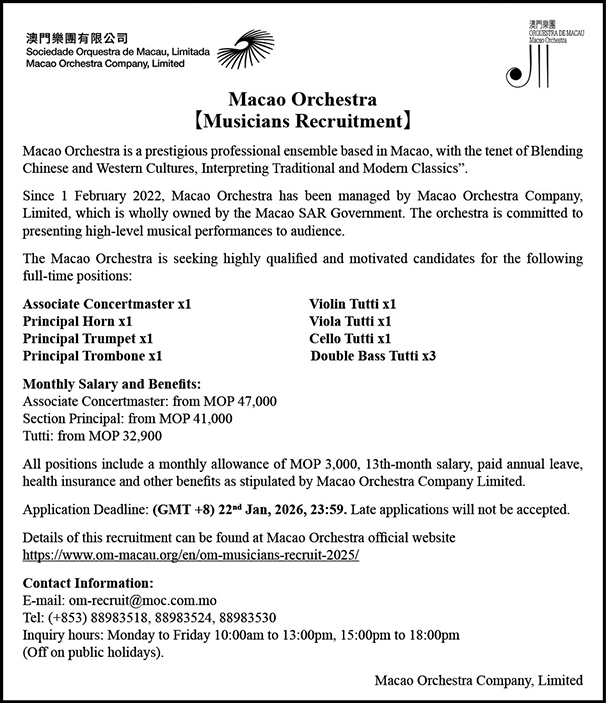Commentary by Xinhua writer Zeng Yan
BEIJING – Decades ago, an Asian economy was poised to become a leading player in world trade, notably in the semiconductor sector, but its prosperity and rapid growth aroused the ire of the United States, which soon launched an all-out campaign to stymie its economic prospect.
That’s what Japan experienced in the 1980s when its companies were clobbering American rivals across an array of industries. Then came the 1985 Plaza Accord, which allowed the yen to strengthen greatly against the US dollar, making Japanese goods less competitive and leading to a jump in asset prices. A bubble burst in 1991 sent Japan into years of economic stagnation, known as the “lost decades.”
Now China is in the crosshairs of those old US tricks – punitive tariffs, groundless sanctions and export controls. The United States appears today to go to any lengths to counter China and maintain its supremacy as the world’s sole superpower.
But China is not Japan. The world’s second largest economy, with its well-established supply chains, strong economic resilience and vast market, is better positioned today to confront the pressure from Washington.
Take the semiconductor industry, which is again at the heart of the spat. The endorsement of the CHIPS and Science Act of 2022 represents a major US government intervention in industrial development and economic policy, particularly semiconductors.
Start with huge subsidies. It promises to provide US$52.7 billion in subsidies for semiconductor manufacturing, research and development, and workforce development to outperform China in science and technology.
Protectionist conditions attached to the subsidies might force the chip industry to restrict overseas partnerships and sales, too. If US chip companies can no longer sell to China, they miss out on the largest market for their products.
Disregarding the global realities of technology and trade will do more harm than good for US economic and national security, warned Adam Posen, president of the Peterson Institute for International Economics.
“At issue is the longer-term damage to Washington’s own interests from pursuing a zero-sum approach to manufacturing production at the expense of the rest of the world,” Posen wrote in an essay for the Foreign Policy.
WILD GOOSE CHASE
Worse, the United States issued a sweeping set of export controls on technology and chipmaking equipment to China, including provisions that allow it to cut China off from certain semiconductor chips made anywhere in the world with US equipment. It also pressured allies to erect similar export controls on a diverse suite of semiconductor technology targeting China.
Yet Corporate America was already mulling solutions. US chip maker Nvidia, say, soon offered a new advanced chip called A800 to China that meets the export control rules. The semiconductor company said the export limitations could cost it hundreds of millions of dollars in revenue.
Indeed, China business is too critical and lucrative for industry leaders to ignore. “China is a significant market for Nvidia and it makes ample business sense to reconfigure your product to avoid trade restrictions,” Reuters quoted an analyst as saying.
Perhaps America’s influential position in the semiconductor supply chain has lulled its policymakers into a false sense of security about the effectiveness of unilateral restrictions. Although the United States controls the supply of equipment necessary to manufacture semiconductors, a sector known as “tooling,” the chip production process consists of intricate structure and often overlapping networks spanning the globe. That means several countries may have greater control over specific parts than others, but no single country dominates the entire network.
Denying China access to tooling may be a chokepoint America and its allies can leverage in the short term. But that proves to be unsustainable over time as other market players, including Chinese chipmakers, may develop substitutes for US technology to fill the vacuum left by the forced exit of US tooling firms.
Critically, US tooling companies may face declining sales outside China as foreign governments and chip firms, which will see reliance on US technology as vulnerability, look to create production lines free of US tools to shun the potential threat of export curbs.
Even America’s staunch ally South Korea raised concerns over its policy on semiconductors in March. “The South Korean government will make it clear that the conditions of the Chips Act could deepen business uncertainties, violate companies’ management and technology rights as well as make the United States less attractive as an investment option,” said the country’s Trade Ministry.
Looking at the big picture, two-way trade between China and America set a new record in 2022 – US$690 billion – despite talks of “decoupling.” And China’s tech hub Shenzhen, home to dozens of companies on the US entity list from Huawei to DJI, has reported year-on-year economic growth of 6.5 percent in the first quarter. Such strong performance underlines the tenacity of China’s tech industry, which has enabled the country to withstand the relentless pressure from Washington.
“It’s imperative that both US and China understand what the game is and both can’t push too hard, but both can prosper,” suggested legendary investor Warren Buffett.
Alas, calm and reasonable advice will not strike a chord when there is much appetite for zero-sum game in the White House.
– Xinhua









